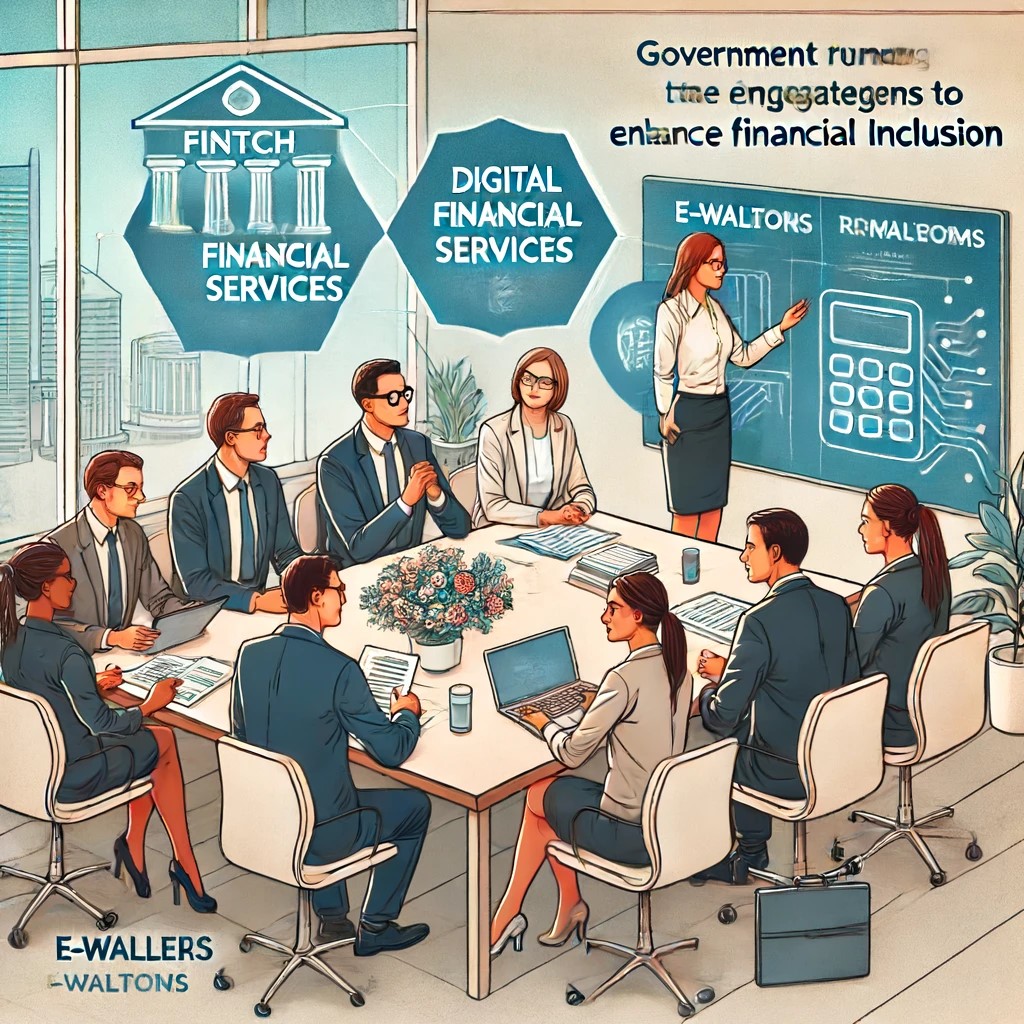In the evolving landscape of global finance, the push for financial inclusion has become a central theme, particularly in developing countries where a significant portion of the population remains unbanked or underbanked. Financial inclusion involves providing affordable, accessible, and appropriate financial services to all segments of society, particularly those who are marginalized. This article explores the strategies being implemented to bridge the financial inclusion gap in developing nations, reviews current trends, and offers predictions for future developments.

Current Trends in Financial Inclusion
1. Digital Technology as a Catalyst:
The advent of mobile technology and the internet has been pivotal in driving financial inclusion. Mobile banking and digital payment platforms, such as M-Pesa in Kenya and Paytm in India, have revolutionized access to financial services. These platforms offer basic banking services, remittances, and payments through mobile devices, reaching rural and remote areas where traditional banking infrastructure is sparse.
2. Government Policies and Initiatives:
Governments in developing countries, often supported by international organizations like the World Bank and the IMF, are implementing policies aimed at increasing financial inclusion. These include setting up regulatory frameworks that encourage the establishment of mobile banking, offering incentives for banks to serve rural populations, and supporting financial literacy programs.

Strategies to Enhance Financial Inclusion
1. Leveraging Fintech Innovations:
Financial technology companies are at the forefront of the financial inclusion movement. By utilizing blockchain technology, artificial intelligence, and data analytics, fintechs can provide personalized financial services, enhance credit scoring models with alternative data, and lower transaction costs. This makes financial services more accessible and affordable for the unbanked.
2. Public-Private Partnerships (PPPs):
Collaborations between governments and private sector entities can significantly advance financial inclusion. These partnerships can leverage the strengths of both sectors—regulatory support from governments and innovation from the private sector—to create robust financial inclusion ecosystems.

Future Predictions for Financial Inclusion
1. Increased Integration of Services:
Future trends likely include the integration of financial services with other services such as healthcare, education, and agriculture. This holistic approach can provide more comprehensive support to underserved populations, increasing their engagement with the financial system.
2. Greater Emphasis on Inclusive Financial Products:
There will be a greater focus on developing financial products that cater specifically to the needs of marginalized groups, such as women, rural populations, and small businesses. These products will be designed to be more accessible and relevant to their users.
3. Expansion of Digital Identity Systems:
Digital identities can play a significant role in financial inclusion by providing a verifiable identity to access financial services. Countries are likely to expand their digital ID systems, which will, in turn, increase access to banking and financial services.
Conclusion
Financial inclusion remains a critical component in the sustainable development goals of many countries. As technology continues to evolve and governments remain committed to enhancing financial access, the landscape of financial inclusion in developing countries is set to improve dramatically, fostering economic empowerment and reducing poverty.


